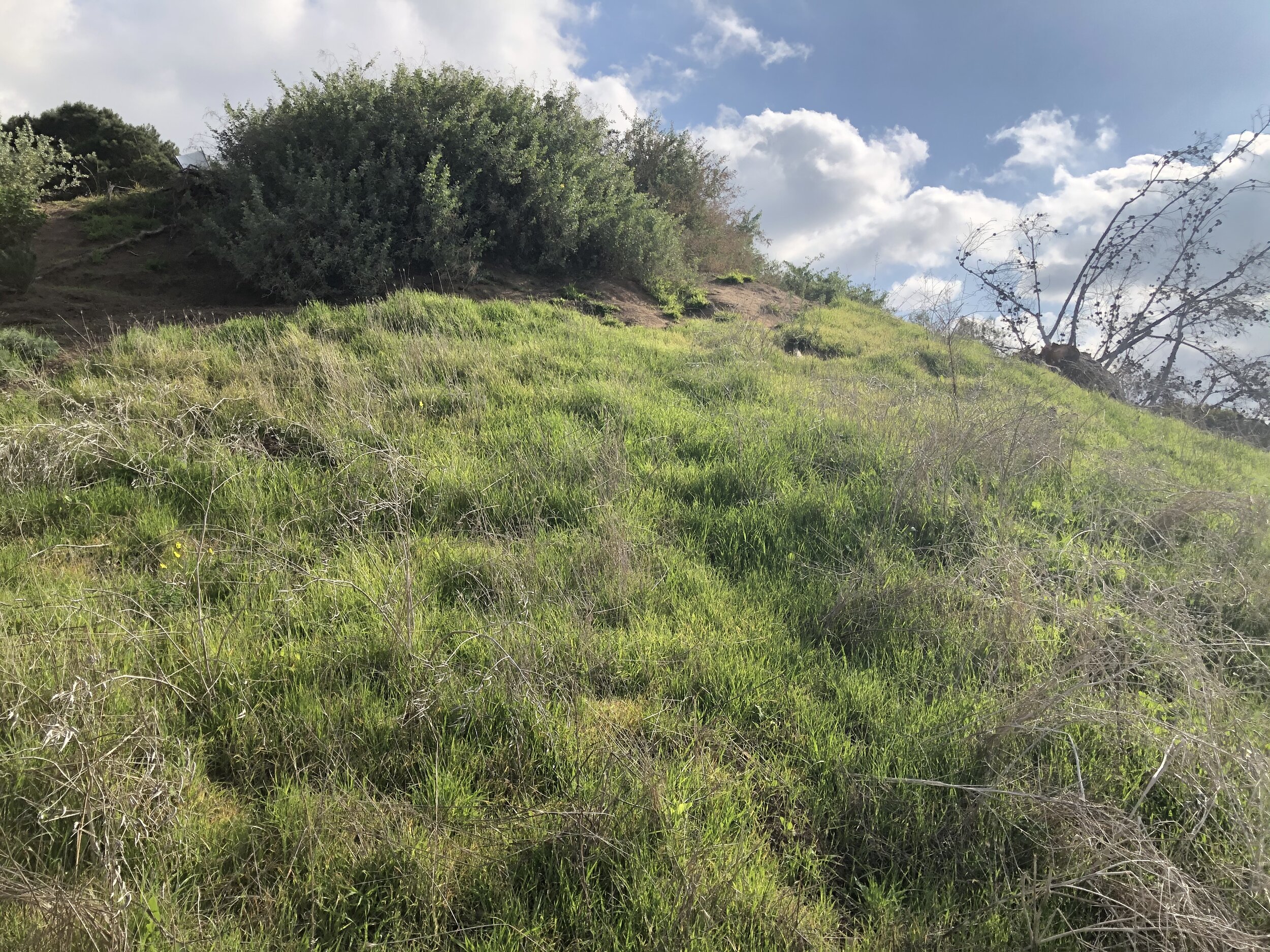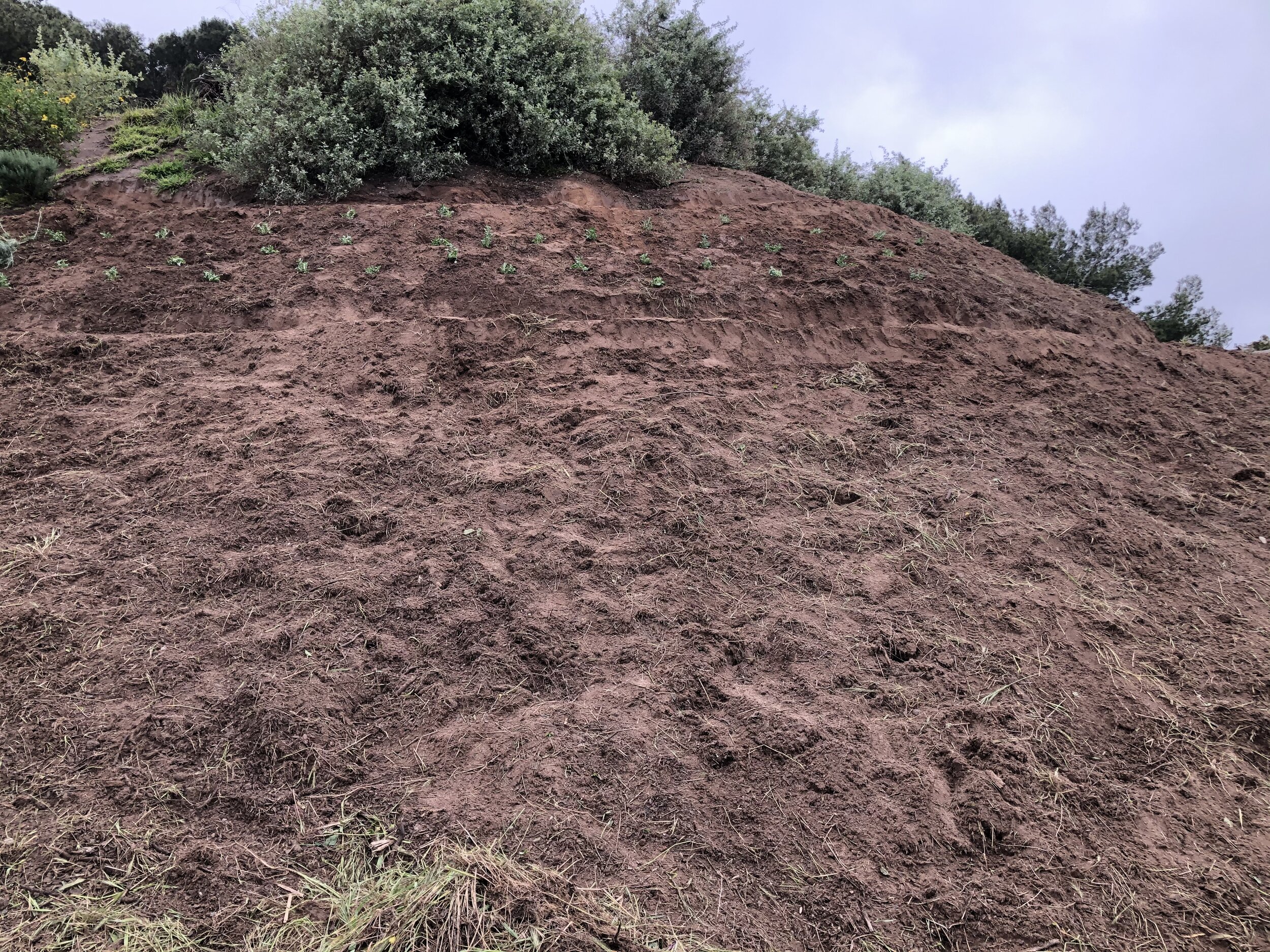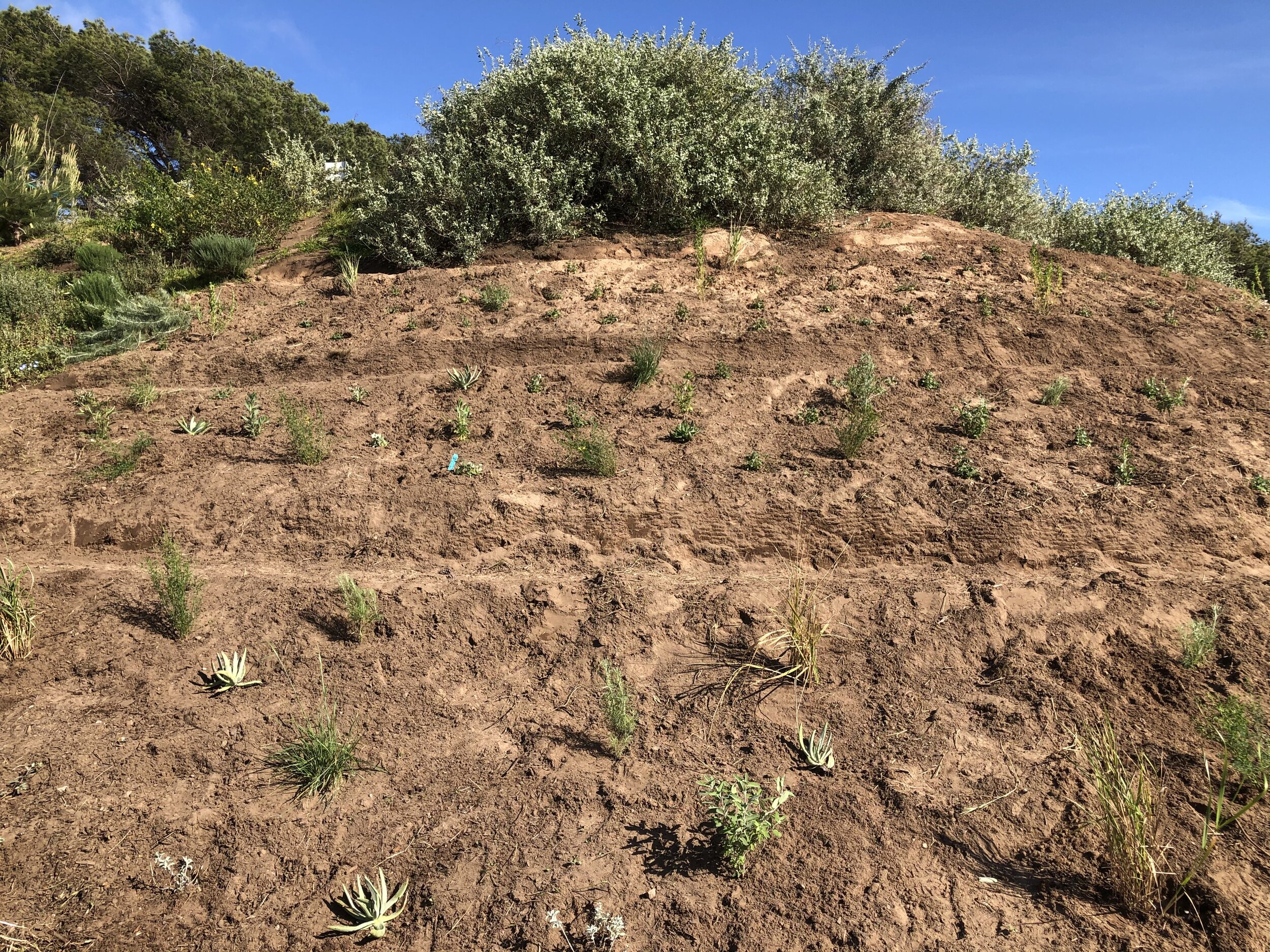My Experience Restoring the Historic Dune System in Hopkins Wilderness Park
Grady Jacoby’s Eagle Scout Project
By Grady Jacoby
The goal of my Eagle Scout Project was to create a natural habitat suitable for the El Segundo Blue Butterflies and other native species. More specifically, the task involved removing non-native plants and planting native ones, on a historic dune system in Hopkins Wilderness Park.
The project was divided into three phases: planning, preparing the land, and planting. I met the South Bay Parkland Conservancy (“SBPC”) board members during a volunteer workday at Wilderness Park. I asked about the opportunity to do an Eagle Scout Project there. I chose Hopkins Wilderness Park as the location for my project because it was the place where I had many fond memories of being outdoors as a kid. I wanted to help give back to the park so that the next generation of kids could enjoy the park as I did.=
With the help of Jacob Varvarigos of the SBPC, I selected the area of the dune facing the ocean as the ideal location. Next, I wrote a proposal to the City of Redondo Beach for approval of the project. Then I presented my project at a board meeting with the SBPC to request their help in financing the project. With their assistance, I met with Bill Petitt, Native Plant Specialist, to identify the type of plants I would need. The next stage of planning was to get a date and group together.
My team and I, (parents, siblings, and scouts from Troop 595) spent most of the first day preparing the land by weeding the hillside. At first, I thought we wouldn’t be able to do the project that day due to the weather, as it had been raining for most of the week. However, the weather cleared up on the day of my project and due to the recent rain, it made pulling out the weeds a lot easier.
The next workday - scheduled for the actual planting - my team and I ran into another challenge. Due to COVID-19, only my parents and I along with two SBPC representatives, were able to do the planting, since large gatherings were not possible. The process was fairly simple. We first dug out holes for the plants and then, with Bill Petitt’s guidance, we would pick out a spot for each native plant so it looked as if it were a natural habitat. After spending most of the day planting, we were able to transform the hillside of weeds into a suitable habitat for more than 250 native plant species to thrive.
Since that planting day, we’ve continued to weed and maintain the area so the native plants can take to the hillside and thrive. I believe the impact of this project will provide an ideal habitat for the El Segundo Blue Butterflies. It will also show visitors of Wilderness Park a true representation of the natural ecosystem.
Another important part of the project was to develop signs for the dune area with the City of Redondo Beach. The signs will inform visitors about the history of the dune, the types of native plants present, and the significance of the El Segundo Blue Butterflies habitat. A key point is to educate visitors about the endangered El Segundo Blue Butterflies and how they now have the potential to thrive with the restoration of the native seacliff buckwheat. Likewise, I wanted to make sure visitors to the park realize that this dune has a history. It was used by the native Tongva Indians as a lookout point, later a Nike missile radar-tracking system, and then transformed into a Wilderness Park area.
Overall the project has been a success because we were able to transform a portion of the dune from an area of overgrown weeds to a potential new habitat for an endangered species found nowhere else in the world. I hope that the signs, and the El Segundo Blue Butterfly habitat will help create a special place that people of all ages can enjoy for generations to come.
To get involved in restoration opportunities in the South Bay, please review our volunteer info here or to complete your Eagle Scout Project get in touch with the SBPC Education Committee



